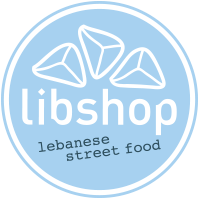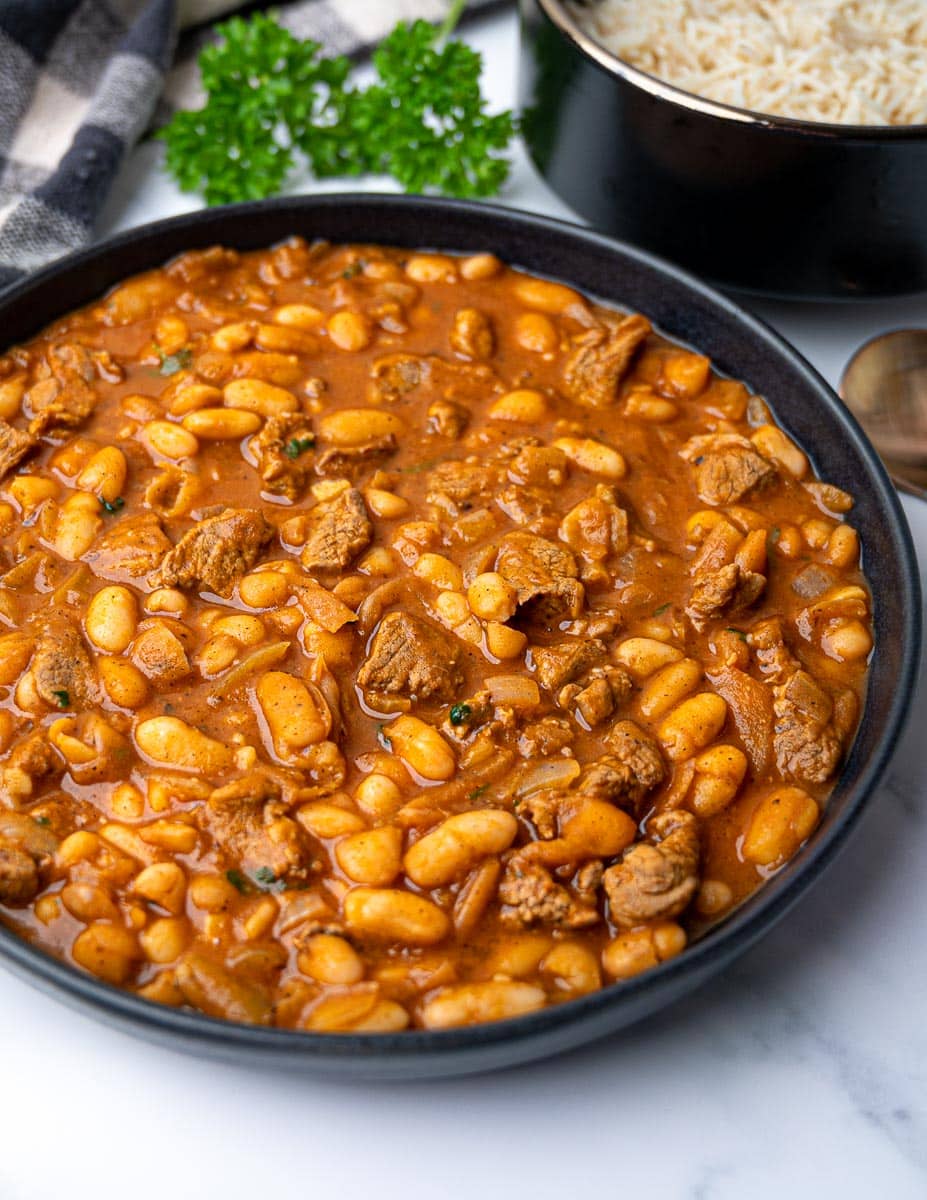I don't know if you remember the final scene from the movie Ratatouille. Alfredo Linguini, helped by the little rat Rémy, serves a ratatouille to the culinary critic Anton Ego, an austere character and of the kind difficult to satisfy.
The chosen dish, unexpected to say the least, amazes the critic who unexpectedly drops his fork, and awards 5 stars to the restaurant.
Indeed, this “family” dish awakened in him his child's soul, in a Proust madeleine plunging him back into his distant memories, when his mother served him ratatouille.
Fassolia is a bit like that for every Lebanese who lies dormant in us, whether through the memories it conveys – a dish imposed by our mothers who forced us to finish it, while we dreamed of nuggets and fries – or by the food composition, namely a peasant stew with a thousand and one nutritional virtues.
White beans simmered in a savory tomato sauce with spices, garlic, basmati rice, and a portion of fatty meat, this is a comforting dish typical of the "Blue Zones", those zones where life expectancy in good health breaks records, particularly around the Mediterranean. There are also a multitude of versions depending on the country.
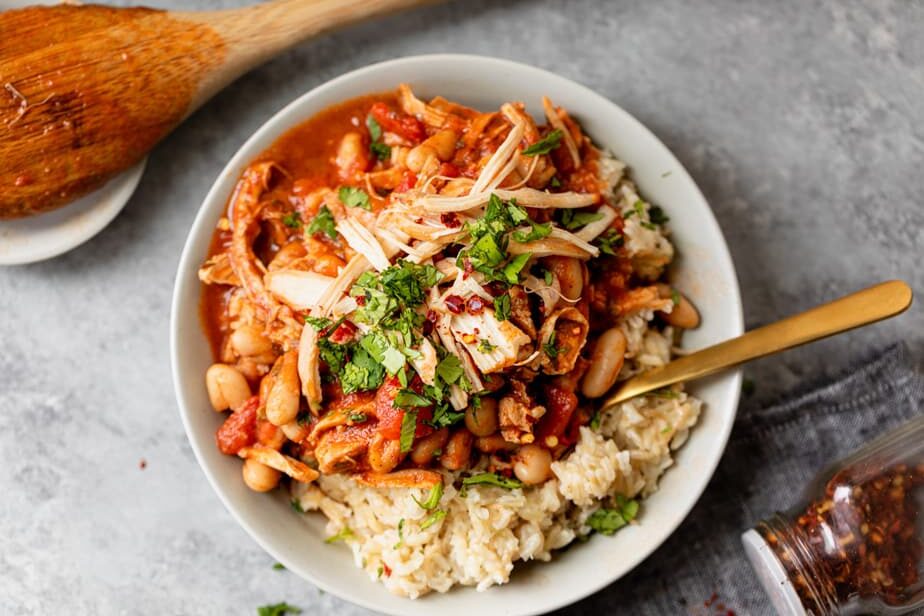
You should know that this naturally caloric dish is the antithesis of artificially processed calorie dishes (also called "empty calories" in the nutrition world).
At the time, the energy expenditure was much higher than today. Our elders worked in more difficult conditions, there were less comforts and their hobbies were much less sedentary than today. Therefore, we understand why some were in relatively good health – provided they had access to care comparable to that of today – compared to the generation of baby boomers up to the current generations, who have experienced processed food and pleasures that are a little more, let's say… disturbing for the organism.
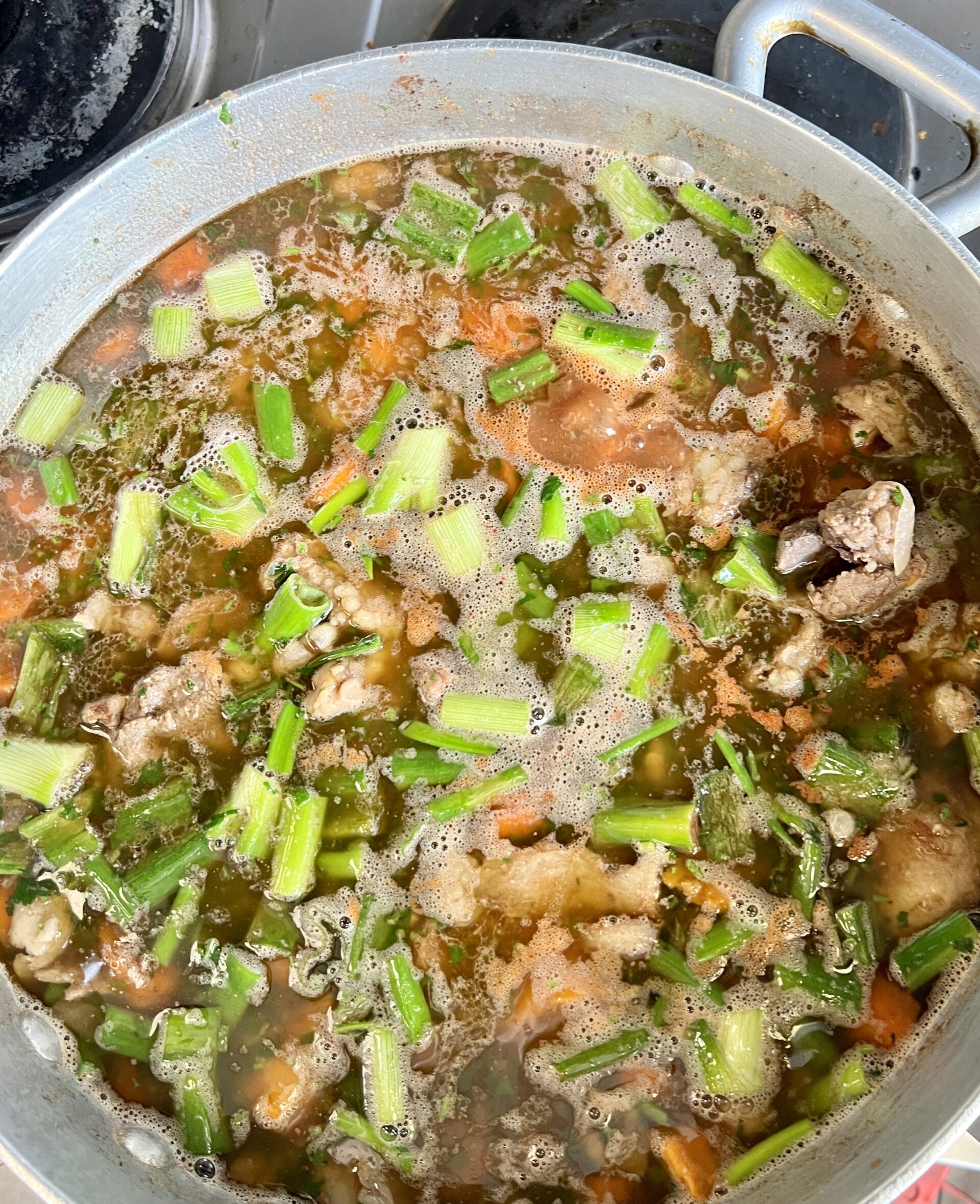
If at the time, children did not necessarily want to eat this kind of naturally very nutritious dishes, these are coming back more and more to the fore. For their comforting taste first of all, thanks to the spices they contain, and whose recipe is the result of several hundred years of adjustments. And for their nutritional virtues, again tested and validated by generations of women and men who often lived in much more uncomfortable conditions than today.
Indeed, this dish is a synthesis in terms of nutrition: saturated fats which have caused a lot of ink to flow but which, provided in reasonable quantities, are necessary for the proper functioning of the body (especially at the beginning or middle of day), vegetable protein and fiber from white beans, then “good quality” carbohydrates with a moderate glycemic index from basmati rice.
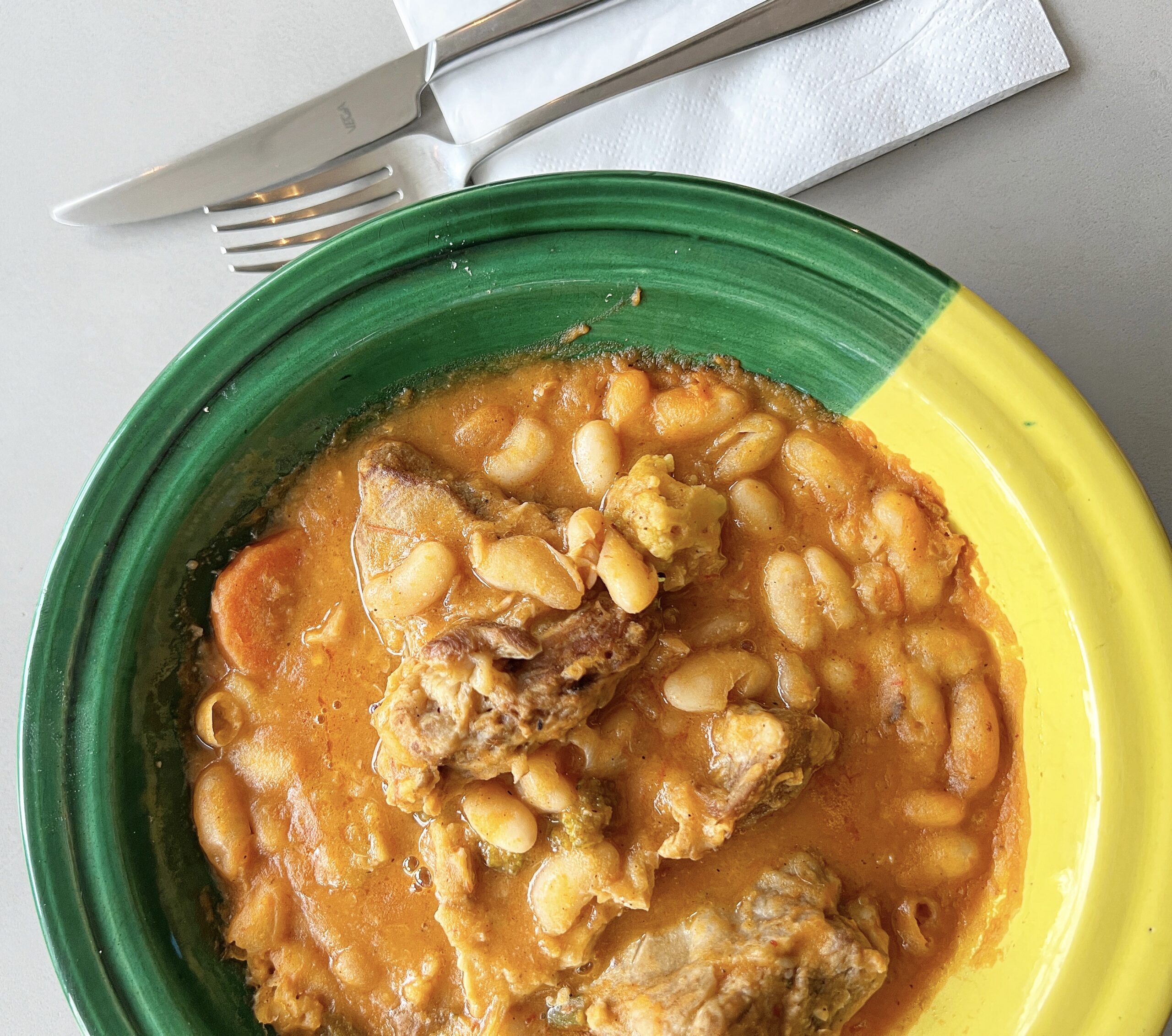
It's not for nothing that I placed it in 4th position in my top 20 of the best traditional Lebanese dishes. It is an ideal dish for fall and winter, or simply to comfort you in summer. Even if it is completely counter-intuitive, it is much more sensible to consume soups, stews or dishes in sauce in summer than in winter, especially for the elderly, because dishes in sauce and rich in vegetables bring mineral salts that can be lacking in hot weather, where we tend to have too much in winter (hence water retention, but that's another subject).
All this to say that when I asked my father for an idea of a comforting Lebanese dish typical of the land of Cedars, it was only natural that he cooked me a fassolia like his mother did, and once my fork on the ground, I immediately wanted to offer it in a limited edition à la carte Libshop.
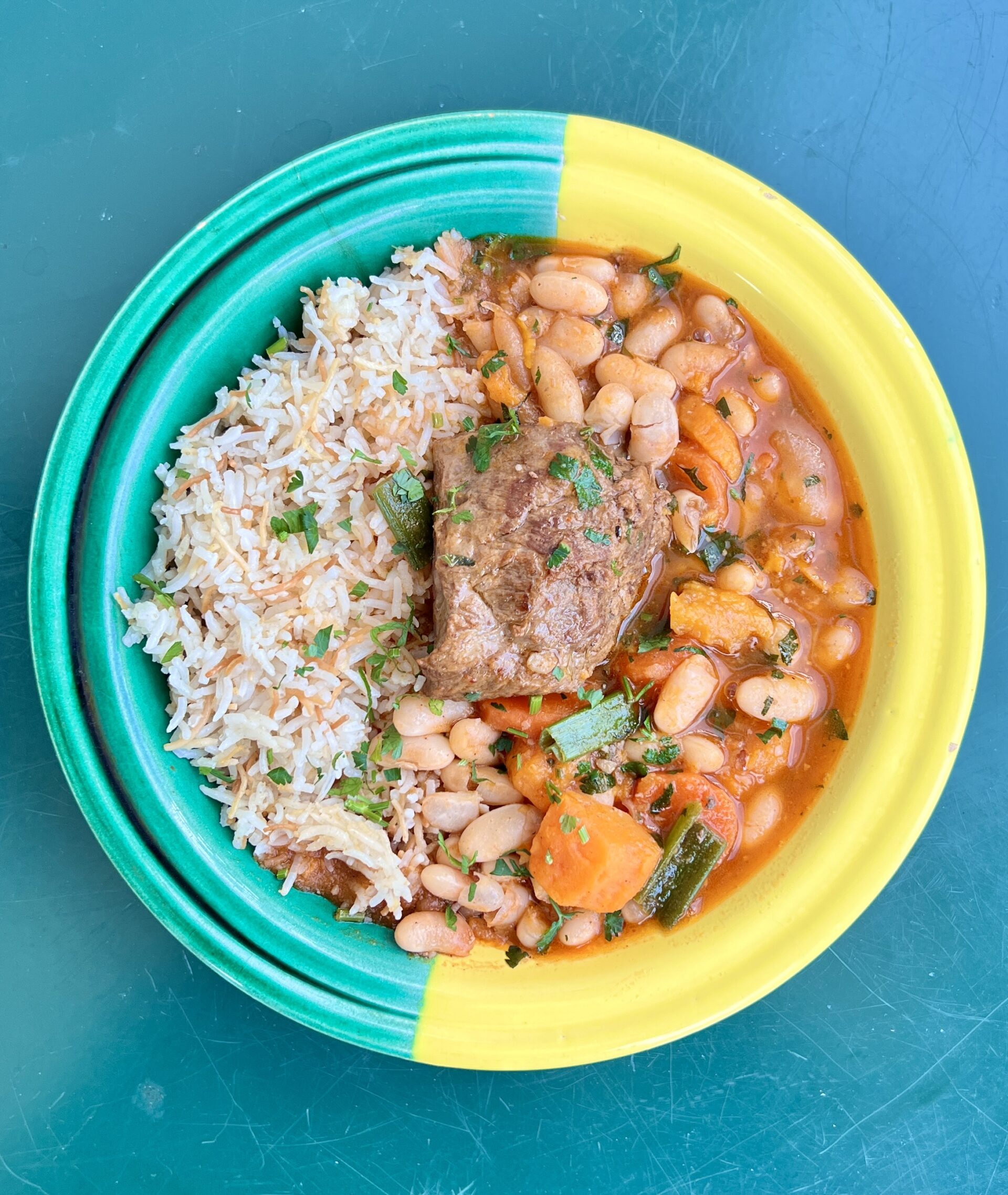
So you'll find it on the menu for more than a month, and we'll keep it until this summer, after which we'll see if we can offer another typical dish, and your ideas are welcome!
